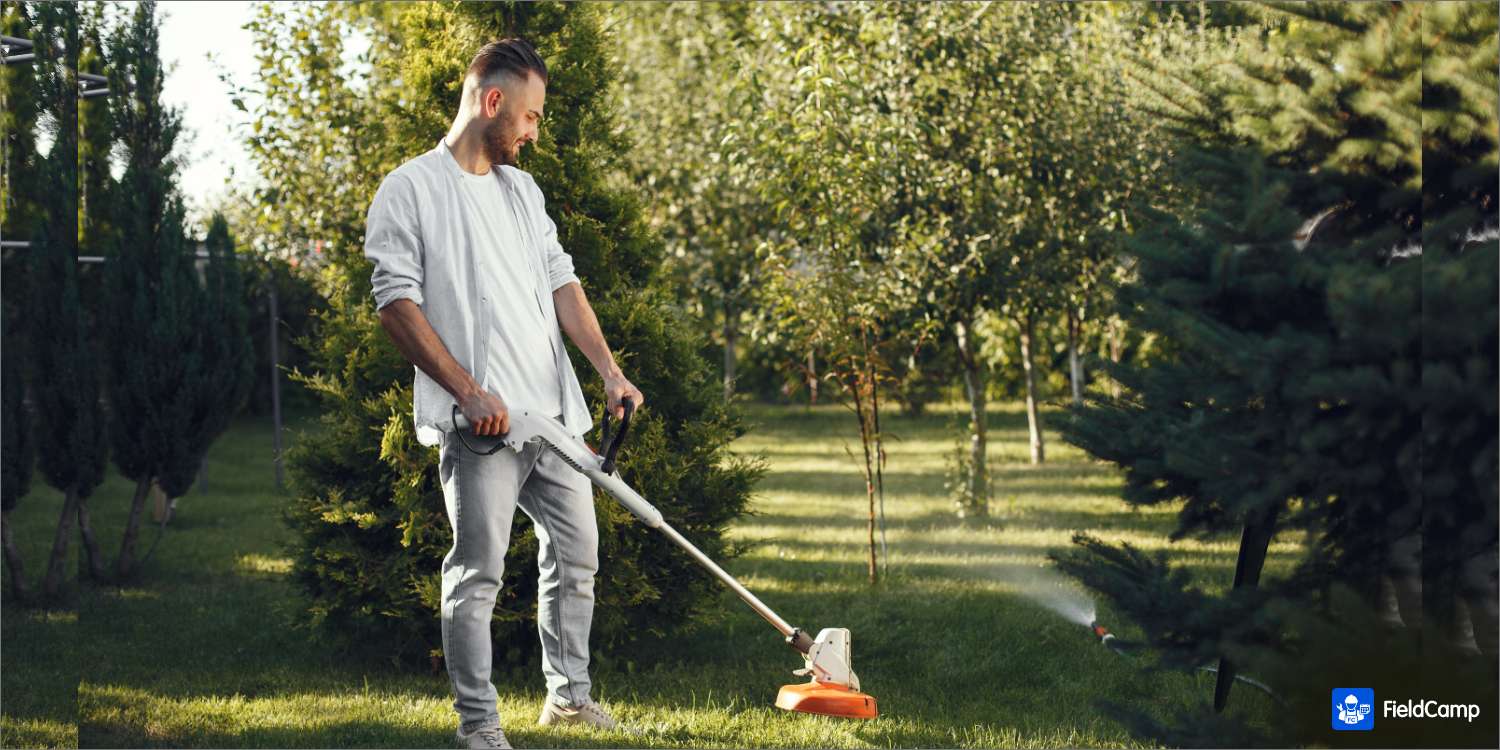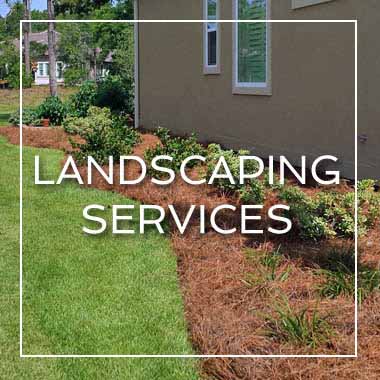Expert Landscape Design Providers for Sustainable Outdoor Change
Enhancing exterior areas with professional landscape design services can offer more than simply aesthetic charm; it can cultivate a lasting setting that benefits both homeowner and the earth. From selecting indigenous plants to implementing water conservation methods and making use of environment-friendly hardscape solutions, the possibilities for lasting outside transformation are large. By recognizing the significance of upkeep techniques that sustain sustainability, professional landscapers can genuinely make a lasting impact on the outside areas they work with.
Benefits of Lasting Landscaping
Lasting landscaping provides numerous ecological and financial benefits for both homeowner and the community. By applying sustainable techniques such as xeriscaping, making use of native plants, and minimizing water usage, building owners can significantly lower their ecological influence. These methods not only conserve water but also promote biodiversity and reduce the demand for hazardous chemicals and fertilizers.

From a community point of view, sustainable landscaping plays a crucial role in improving air and water high quality, minimizing city warmth island effects, and giving environments for neighborhood wildlife. These benefits add to developing much healthier and extra lasting settings for everybody to appreciate.
Indigenous Plants Choice and Design
When preparing a landscape style, choosing indigenous plants is crucial for maximizing sustainability and community health and wellness. Indigenous plants are adjusted to the neighborhood environment, soil conditions, and bugs, making them low-maintenance and a lot more resilient to thrive in their natural environment. Incorporating native plants right into landscape design makes not only enhances biodiversity yet also sustains pollinators, advantageous bugs, and regional wildlife.
Creating with indigenous plants involves mindful factor to consider of elements such as plant dimension, growth habit, flower time, and water demands to create a aesthetically attractive and lasting landscape. By picking a varied selection of indigenous plants, landscape designers can produce well balanced ecological communities that draw in a selection of varieties and add to the general health of the setting.
Additionally, indigenous plants can assist reduce water intake, reduce the need for chemical pesticides and plant foods, and enhance dirt quality through their natural processes. With correct choice and style, indigenous plants can change outside areas into thriving, sustainable landscapes that benefit both the neighborhood and the environment.
Water Preservation Techniques
Including native plants into landscaping designs not just improves biodiversity yet additionally sustains pollinators, beneficial pests, and regional wildlife, which emphasizes the relevance of applying water conservation strategies in landscape design methods. Water conservation is important for sustainable outside spaces, particularly in areas prone to dry spell or water shortage.

Eco-Friendly Hardscape Solutions
The application of eco mindful materials in hardscape layout is a crucial element of developing sustainable outside spaces. Environmentally friendly hardscape options incorporate a range of published here techniques intended at decreasing ecological influence while boosting the visual appeals and performance of exterior areas. Including materials such as absorptive pavers, redeemed wood, recycled plastics, and all-natural rock can substantially lessen the eco-friendly footprint of hardscape installments.
Permeable pavers, for example, permit rainwater to seep right into the ground, reducing overflow and avoiding water contamination. Recovered wood adds a rustic appeal to outdoor space while promoting the reuse of existing resources. Recycled plastics can be transformed into long lasting and low-maintenance hardscape aspects, providing a lasting alternative to traditional products. Natural stone sourced from local quarries lowers transportation discharges and blends sympathetically with the surrounding setting.
Upkeep Practices for Sustainability
To promote the ecological integrity of eco-friendly hardscape services, applying calculated maintenance methods is essential for making sure long-term sustainability in outdoor landscape design projects. Normal upkeep not only preserves the visual allure of the landscape however likewise adds to its overall sustainability by lowering ecological effect.
One trick maintenance technique for sustainability appertains watering management. Reliable sprinkling methods, such as drip watering systems or rain harvesting, aid preserve water and promote plant health. In addition, regular evaluation and change of watering systems can protect against water wastefulness and guarantee optimal hydration for plants.
An additional vital facet of sustainable upkeep is the liable use chemicals and fertilizers. Deciding for natural fertilizers and utilizing incorporated pest administration strategies reduces hazardous chemical drainage into the setting, safeguarding both plant life and community balance.
In addition, regular cleansing and upkeep of hardscape features like absorptive pavers or rock pathways prevent debris build-up and preserve performance while supporting water infiltration and drain, thus lowering the threat of disintegration and flooding. Landscaping San Marcos. By sticking to these sustainable upkeep methods, outside landscapes can prosper harmoniously while decreasing their ecological impact
Verdict
To conclude, sustainable landscape design provides various benefits with the usage of native plants, water preservation strategies, environment-friendly hardscape solutions, go to this site and sustainable upkeep practices. By carrying out these approaches, outdoor areas can be transformed into environmentally-friendly and cosmetically pleasing locations that sustain biodiversity and decrease environmental influence. Buying professional landscape design solutions that focus on sustainability can result in long-term advantages for both the setting and residential or commercial property owners.
From picking indigenous plants to executing water conservation strategies and utilizing environment-friendly hardscape options, the possibilities for lasting outdoor makeover are huge. By applying sustainable practices such as xeriscaping, utilizing native plants, and decreasing water use, home owners can substantially lower their ecological influence. Water conservation is crucial for sustainable exterior areas, specifically in areas vulnerable to drought or water shortage. By applying these water conservation methods, landscape design professionals can create lovely, sustainable exterior spaces that benefit both the neighborhood and the atmosphere.
In verdict, sustainable landscape design uses various advantages via the use of indigenous plants, water conservation techniques, green hardscape solutions, and lasting upkeep methods.
 Luke Perry Then & Now!
Luke Perry Then & Now! Neve Campbell Then & Now!
Neve Campbell Then & Now! Michael Oliver Then & Now!
Michael Oliver Then & Now! Bug Hall Then & Now!
Bug Hall Then & Now! Rossy de Palma Then & Now!
Rossy de Palma Then & Now!